New this week are three further releases for the armies of the Hittites – Hittite command, Hittite spearmen and Hittite or Anatolian spearmen. This all-new command set includes two commanders, a musician and a standard bearer.
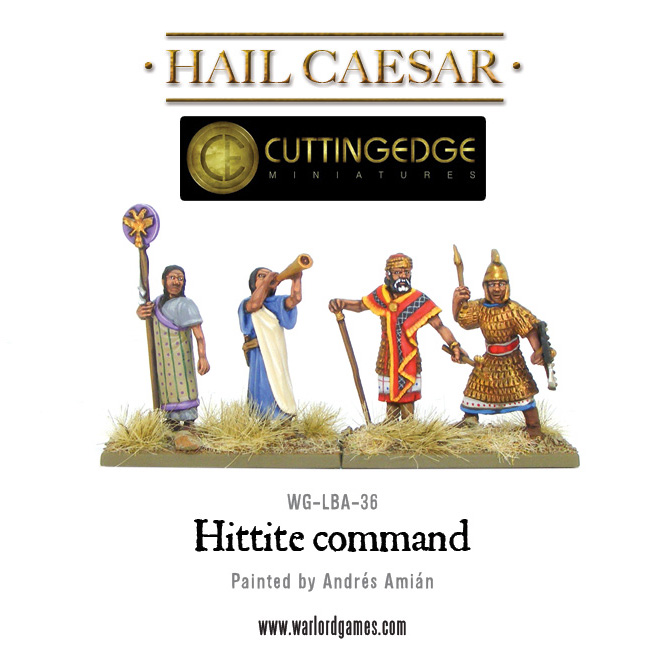
These Spearmen can be used as Hittites of the Old, Middle and New Kingdom and as other Central Anatolians, such as from Arzawa or Pitassa, from the Middle to Late Bronze Age. They are armed with a long thrusting spear but no shield.
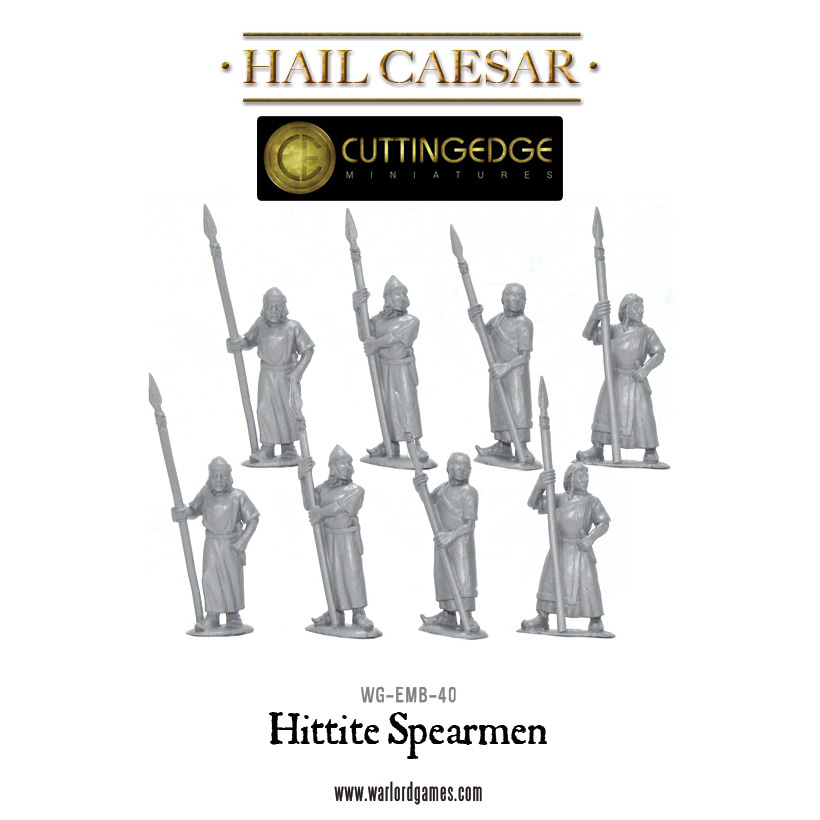
These Hittite Spearmen can be used as Hittite Infantry of the Empire period or those of other Central Anatolian states, such as Arzawa and Pitassa.
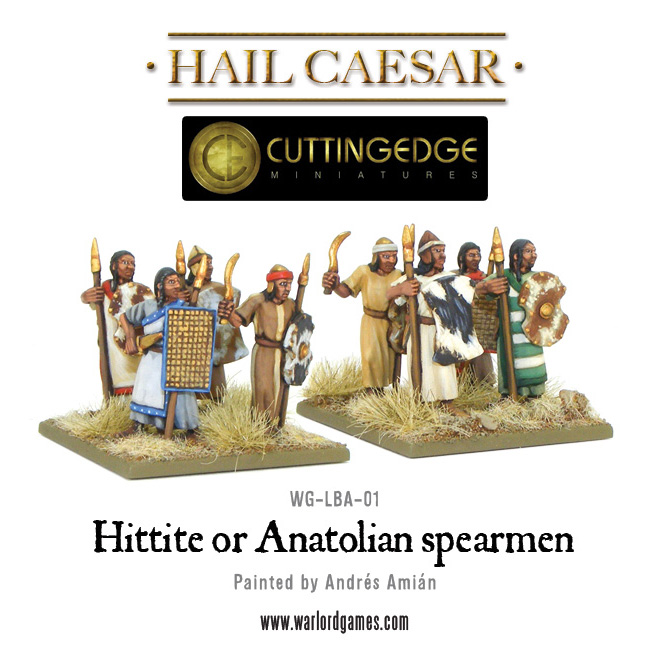
These new miniatures are further reinforcements for the three Hittite metal boxed sets that have already been released for our Battle of Kadesh focus. You’ll have seen part one of Nigel Stillman’s look at this, the largest chariot battle of all time, in our last newsletter – for those that missed it you can read it here.
The Chariot Squadron contains three Later Hittite or other central Anatolian 3-man, 2-horse chariot. Each crew comprises a driver, and 2 spearmen, one of whom may have fought on foot as a runner. These chariots were slightly heavier in construction than other 2-horse chariots of the period, not least because it is likely that the wheel axle was further forward from the rear of the chariot cab, perhaps to support the weight of an extra crewman? Alternatively the chariot can be crewed by just 2 men and with a javelinman on foot acting as a chariot runner. Egyptian scenes of the Battle of Kadesh show Hittite chariots with spear armed charioteers, such as these, though it is possible that some were bow armed. Horses were now generally armoured with bronze scales as with the horses with this chariot.
These Spearmen can be used as Hittite Infantry of the Empire period or those of other Central Anatolian states, such as Arzawa and Pitassa.
Hupshu or peasant Archers levied into the
city-state armies of Syria and Canaan, and those of Mitanni, Kassite
& Middle Babylonia, Middle Kingdom Assyria and the Hittite Empire.
The figures are also suitable for use in Early Hebrew (Habiru) armies
for tribes such as Benjaminites as well as in other Desert Nomad armies
of the Late Bronze Age.
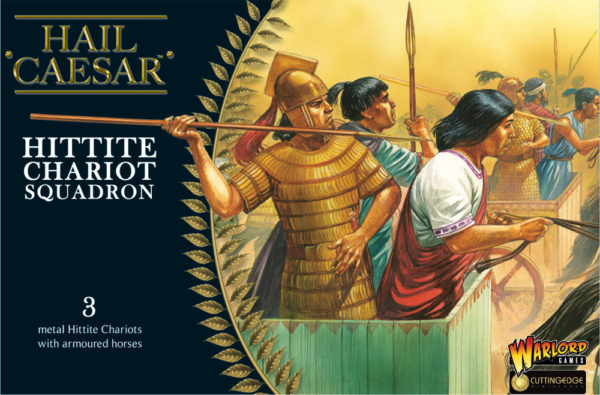
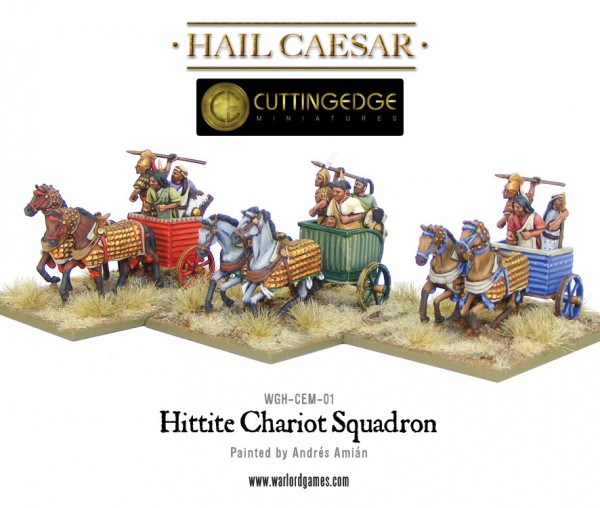
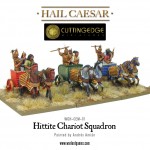



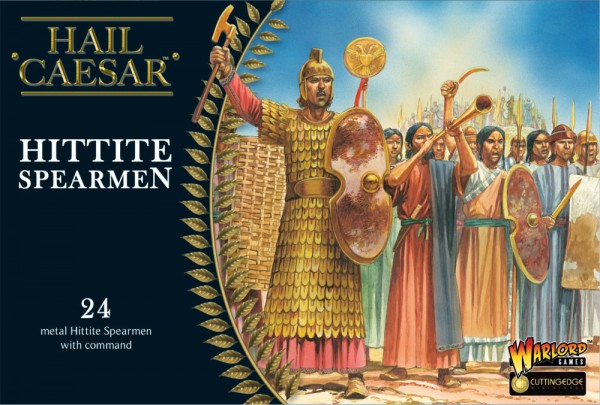
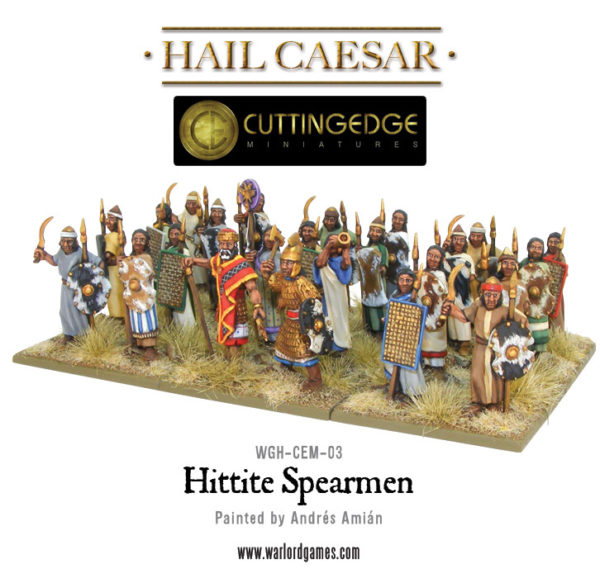


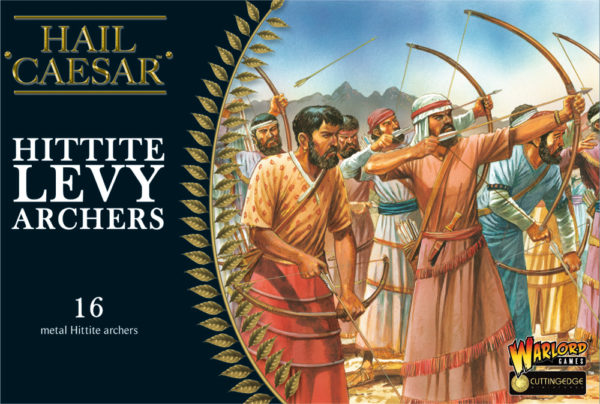
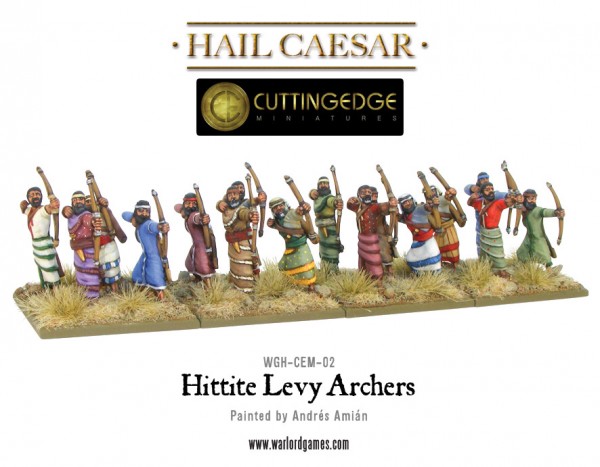
No comments :
Post a Comment